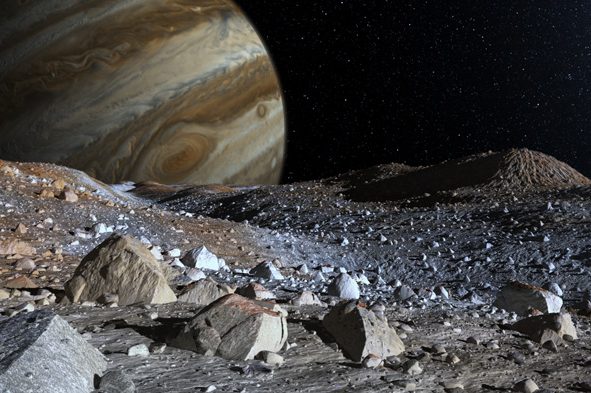
New research from NASA has re-created the conditions thought to exist where life originated on Earth — deep on the ocean floor 4 billion years ago. The study can provide insight not only into the development of life here, but also wherever else in the universe life could be found.
The research involved simulating in a lab the hydrothermal vents which are found on the ocean floor. These hydrothermal vents are found near cracks in the ocean floor which release hot fluid that has been warmed beneath the planet’s crust. The vents form natural chimneys for this hot fluid which interacts with the surrounding seawater to create nurseries for amino acids — the building blocks of life. Such vents are thought to be where life originated due to the mix of chemicals that they offer and the conditions of flux around them which allow life to adapt and change.
To re-create the hydrothermal vents in the lab, scientists created a miniature seafloor by filling a beaker with the same mixture of chemicals found in the real ocean, including water, minerals, pyruvate and ammonia. These mixtures were then heated to the usual temperature of a thermal vent — 158 degrees Fahrenheit (70 degrees Celsius) — and adjusted for acidity. The researchers also reduced the oxygen content to more closely simulate how the ocean was billions of years ago.
When they added iron hydroxide, also known as green rust, a mineral which was abundant on Earth at the time, they found it reacted with oxygen to product amino acids. These amino acids could potentially combine to form the more complex organic molecules that are required for life.
“We’ve shown that in geological conditions similar to early Earth, and maybe to other planets, we can form amino acids and alpha hydroxy acids from a simple reaction under mild conditions that would have existed on the seafloor,” Laurie Barge, astrobiologist at NASA and lead author of the paper, said in a statement.
This finding is exciting for NASA because it shows how life could potentially evolve on planets other than Earth. “If we have these hydrothermal vents here on Earth, possibly similar reactions could occur on other planets,” Erika Flores, co-author of the study, said in the same statement.
Two possible candidates for places that could support habitable environments are Jupiter’s moon Europa and Saturn’s moon Enceladus, either of which could host hydrothermal vents in the oceans which lie beneath their icy crusts. Missions to Mars are also searching for evidence of amino acids which could indicate the potential for life to develop.
“We don’t have concrete evidence of life elsewhere yet,” Barge said. “But understanding the conditions that are required for life’s origin can help narrow down the places that we think life could exist.”
The study is published in the journal Proceedings of the National Academy of Sciences.



